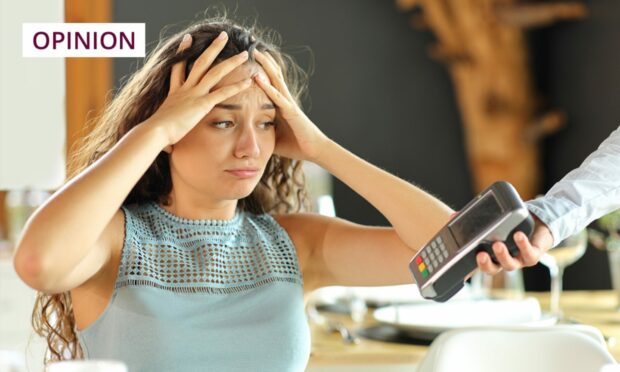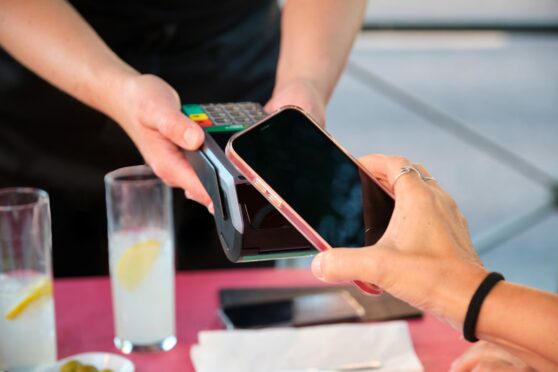I’m in the very privileged position of being able to eat out for a living. While it is a small part of my job, it’s something I get to do more often than many.
More recently I’ve witnessed prices of dishes and drinks rising on menus, but I’ve also seen first hand how restauranteurs are desperately tying to refrain from hiking prices too much in fear of losing custom as the cost of living increases.
Dining out isn’t cheap, and if you’ve not eaten out recently, I understand why. Costs for everything have sky rocketed, and you can’t blame venue bosses for taking action to safeguard their survival.
You just need to look at some of the bills of our restaurant reviews to see how prices have soared in the last six months.
While our restaurant review team are there to showcase the menu and get a feel for the place so that you, the customers, can make an informed decision, there’s no denying getting a cheap, quality meal is becoming more challenging.
That said, it isn’t the final bill that has me raising my eyebrows. I’m happy to pay for quality food and service. It’s the service charge added at the bottom of the bill I have grown to have an issue with.
Now, I am the first person to put my hand in my pocket and ensure I’ve left a tip.
I’ve worked in hospitality and know all too well how much they can help. I used to use them for going out and petrol all the time. (The fact hospitality workers in some venues still have to depend on their tips to top up their wage says a lot as it is, but we’ll get into that another time).
My main bugbear right now is that the conversation around service charge seems minimal, with many people not even understanding what it is.
Service charges and tips are different.
Tips vs service charge – what’s the difference?
Tips are described as “an uncalled for and spontaneous payment offered by a customer” by HMRC – so it is more a gift from the customer – while service charge is “a charge set by the business for the service received, added to the bill as a compulsory or discretionary fee”.
This isn’t a gift and is a charge put on the bill by the venue for the service provided.
I’ve noticed venues across Scotland have been adding service charges for a while now, but many people think this is a tip.
At times it can be, but I have been informed that some venues are pocketing the service charge, and sometimes tips, too, meaning that money you left for the team doesn’t even make it into their pockets.
I’ve seen service charge rates as high as 12.5% and as customers start to struggle to justify meals out with the cost of living crisis, I worry for the industry.
Most people I know will leave a 10% tip, but if you’re being charged for service, and then thinking about tipping on top of that, you’ll find that less and less money makes it into the hands of the staff.
False advertisement
Everyone is struggling and although I do understand why a service charge is there, when I find out it’s used to top up wages or is falsely advertised, that’s when it becomes a real issue for me.
Discretionary charges automatically added to bills without any explanation leave for a very awkward encounter if you choose to challenge them, never mind ask to not pay them.
Facing the individual who has been waiting on you all night and asking for the service charge to be removed makes me feel horrible.
But then why is it so easy for other cultures to do so? I’ve experienced it first hand, watching as some tourists refuse with the wave of a hand.
When it comes to tipping and service charges, my advice would be to ask the staff where the money you are leaving is going.
If they’re not seeing the money, they will likely tell you, and that way you can make an informed decision on whether you do or don’t pay up.




